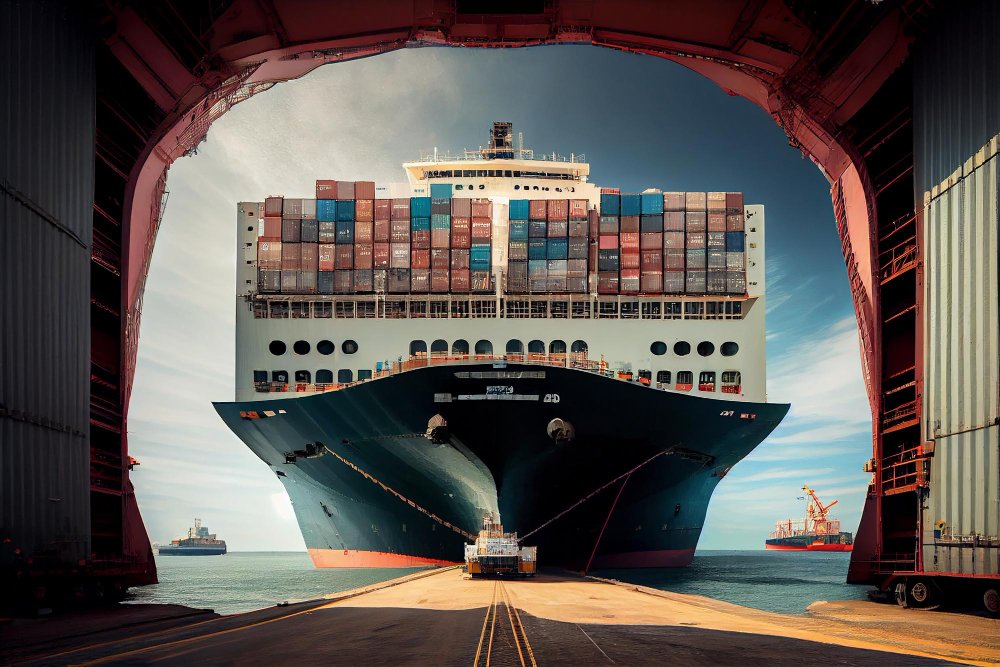Navigating Customs: A Guide to Import and Export Regulations
Navigating the complex world of customs regulations is a critical aspect of international trade. Whether you are a seasoned business professional or new to the global market, understanding the intricacies of import and export regulations is essential for ensuring smooth and legal operations across borders.
What is a Customs Declaration?
A customs declaration is a mandatory document used by customs authorities worldwide to control and process goods entering or leaving a country. This document provides essential information about the products being shipped, their value, quantity, and destination, among other details. It serves multiple purposes, including regulatory compliance, taxation, and security.
Types of Export/Import Declaration Forms
There are various forms used in the customs declaration process, each tailored to specific types of goods or transactions. Familiarizing yourself with these forms is crucial to avoid any mishaps during the shipping process.
Key Information in a Customs Declaration
A customs declaration must include accurate and detailed information about the goods, the exporter, the importer, and the shipment. This includes the Harmonized System (HS) codes, which are internationally standardized numbers that classify traded products.
Filling Out the Customs Declaration
Completing a customs declaration requires attention to detail and an understanding of the legal requirements. Mistakes in this document can lead to delays, fines, or even seizure of the goods.
Submitting the Declaration
Once completed, the customs declaration must be submitted to the appropriate authorities, often electronically through systems like the Automated Commercial Environment (ACE) in the United States. Timely submission is key to avoiding delays.
Customs Duties and Taxes
Understanding the duties and taxes applicable to your goods is vital. These are determined based on the product’s classification, value, origin, and other factors. Consulting with a customs broker can be beneficial in navigating this complex area.
Customs Inspections and Audits
Be prepared for potential inspections and audits by customs authorities. Ensuring all documentation is accurate and readily available can help expedite this process.
Common Mistakes to Avoid
Common errors include incorrect classification of goods, undervaluation, and incomplete documentation. Being thorough and seeking expert advice can help prevent these issues.
Conclusion
Navigating customs regulations can be daunting, but with the right knowledge and preparation, it can become a manageable part of your international trade operations. Utilize resources such as detailed guides, professional advice, and technology solutions to streamline the process.
For more in-depth information and assistance, consider reaching out to customs brokers and utilizing online resources that provide guidance on customs regulations. Staying informed and compliant is the key to successful international trade.
Remember, the world of customs is ever-evolving, so keeping up-to-date with the latest regulations and best practices is crucial for any business engaged in importing and exporting goods. Happy trading!




